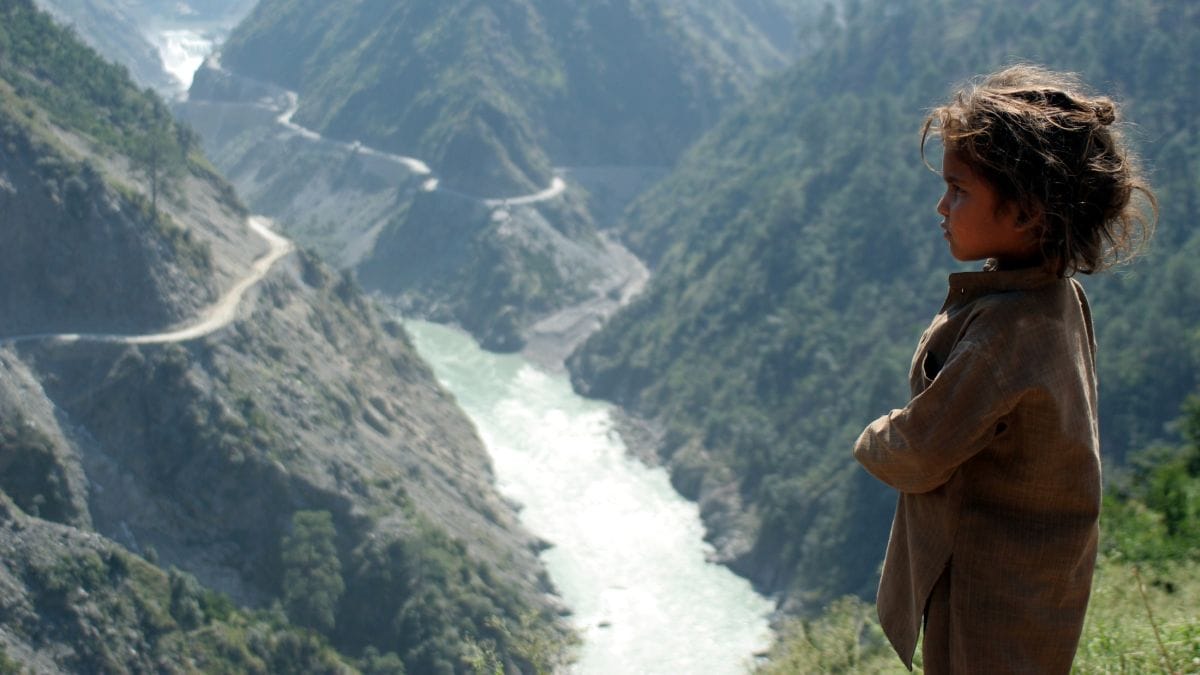

Pakistan is facing a severe water crisis in June 2025, with major dams nearing dead level and a significant drop in water flow in the Punjab province. This situation has been exacerbated by India's recent decision to suspend the Indus Waters Treaty (IWT), raising concerns about potential long-term impacts on Pakistan's water resources, agriculture, and overall economy.
Official Pakistani data indicates a concerning decline in water levels in the Indus River basin. Water release from various dams has dropped by nearly 15% compared to the same period last year. On June 5, 2025, the water release was 1.24 lakh cusecs, a stark contrast to the 1.44 lakh cusecs recorded on the same date in the previous year. Several key dams are dangerously close to their dead levels. The Indus level at the Tarbela Dam in Khyber Pakhtunkhwa is at 1465 meters, nearing its dead level of 1402 meters. Similarly, the Chasma Dam in Punjab has a water level of 644 meters, just above the dead level of 638 meters. The Mangla Dam on the Jhelum River in Mirpur is slightly better, with a level of 1163 meters, but still close to its dead level of 1050 meters. The "dead level" signifies that there are no outlets to drain water from the reservoir by gravity below that point, posing significant challenges for water supply.
The Indus Waters Treaty (IWT), a water-distribution treaty between India and Pakistan, was signed in 1960 and has been a crucial framework for managing water resources in the Indus River basin. However, following a terrorist attack near Pahalgam in Kashmir in April 2025, India declared the suspension of the treaty, citing national security concerns and alleging Pakistan's support for cross-border terrorism. This suspension has led to a reduction in the Chenab River's inflow into Pakistan, further straining the country's water resources. The treaty allocates the waters of the three "Eastern Rivers" (Beas, Ravi, and Sutlej) to India and the three "Western Rivers" (Indus, Chenab, and Jhelum) to Pakistan. While the treaty allows India to use the water of the Western Rivers for limited irrigation and unlimited non-consumptive uses like power generation, the recent actions have raised concerns about potential violations and their impact on Pakistan's water supply.
The water shortage is particularly concerning for the Kharif sowing season, which is currently underway in Pakistan. The delayed arrival of the Southwest Monsoon, expected only by the end of June, exacerbates the irrigation challenges faced by farmers. The early Kharif crop is crucial, and any significant drop in water availability could severely affect agricultural output.
The broader implications of the water crisis extend beyond agriculture. Pakistan's per capita annual water need is projected to rise to 274 million acre-feet by the end of 2025, while the resources remain at 191 MAF. This alarming scarcity could lead to geopolitical, geoeconomic, and ecological consequences. The country's water storage capacity is also limited, with the ability to store water for only 30 days, compared to other countries that can store it for up to 220 days. There are already internal disputes over water allocation, and reduced water supply could intensify these conflicts.
In response to the crisis, Pakistani authorities are exploring various measures, including improving irrigation methods, building new dams, and raising public awareness about water conservation. However, the suspension of the IWT and the potential for further reductions in water flow from India pose significant challenges to these efforts. The situation requires urgent attention and a comprehensive approach to mitigate the impacts of the water crisis and ensure sustainable water management in the long term.